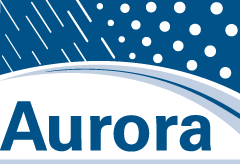Project Details
21-754, TR-795
03/01/21
09/30/23
Iowa Department of Transportation
Iowa Highway Research Board
Researchers
Alice Alipour
alipour@iastate.edu email >Structure and Infrastructure Engineer, BEC
About the research
To meet the requirements of the Moving Ahead for Progress in the 21st Century (MAP-21) Act of 2012, a life-cycle cost analysis management (LCCAM) tool was developed to manage the maintenance actions of the portion of National Highway System (NHS) for the Iowa Department of Transportation (DOT).
The LCCAM software that was developed with the cooperation of the Iowa DOT and the Bridge Engineering Center at Iowa State University has successfully integrated risk into the decision-making process of determining the maintenance of bridge decks in Iowa. This Phase II project was aimed at upgrading the current version of the LCCAM tool and providing a suitable ground for future developments.
For this project, user cost calculations were added to the software. This was possible by following the roadmap published by Federal Highway Administration (FHWA). Three main parameters of user cost—travel delay time cost, vehicle operating cost, and crash cost—are calculated by the software based on data input from the user.
A comprehensive survey of maintenance activities was also carried out that included different national bridge elements and bridge management elements. This survey followed the nomenclature of the American Association of State Highway and Transportation Officials (AASHTO) and was aimed to create a consistent database of maintenance activities.
The user interface of the LCCAM software was updated to provide a more user-friendly experience for users. The updated graphical user interface provides a more aesthetic environment with the capability of saving the output of the software as well as incorporation of user cost calculations. The software also allows users to skip to the user cost calculations directly.
The upgraded software can be further improved by the addition of degradation curves for other bridge elements, which would make it more inclusive.
